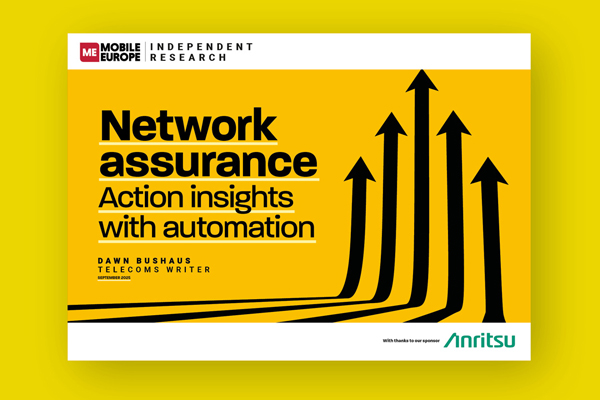Research firm Gartner has named its top 10 technologies to help organisations unlock the potential of the internet of things (IoT) in 2017 and 2018.
It has listed these IoT technologies as security, analytics, device management, low-powered short-range networks, low-powered wide area networks, processors, operating systems, event stream processing, platforms, and standards and ecosystems.
Nick Jones, vice president at Gartner, said: “The IoT demands an extensive range of new technologies and skills that many organizations have yet to master. A recurring theme in the IoT space is the immaturity of technologies and services and of the vendors providing them.
“Designing architecture for this immaturity and managing the risk it creates will be a key challenge for organisations exploiting the IoT. In many technology areas, lack of skills will also pose significant challenges.”
Gartner noted that the IoT introduces a wide range of new security risks and challenges, and security technologies will be required to protect IoT devices and platforms from both information attacks and physical tampering.
Equally, it said the IoT already demands new approaches, tools and algorithms for data analytics, and requirements will grow through the next decade.
For example, IoT devices will require management of various hardware, software and reporting features, and tools must be able to monitor millions of devices.
Accordingly, event stream processing is critical, said Gartner, as demonstrated already in certain telecoms and telemetry systems, where millions of ‘events’ are processed each second.
Infrastructure will need to be more complex, and incorporate low-powered short-range architecture for massive sensor networks, and low-powered wide area networks delivering nationwide data rates for higher-bandwidth technologies.
IoT processors will develop with a trade-off between features and costs. Meanwhile, a wide range of IoT-specific platforms and operating systems are being developed to suit different hardware and features, said Gartner.
Perhaps most importantly, standards and APIs will be required for IoT devices to communicate. Many IoT ecosystems will emerge, and commercial and technical battles between these ecosystems will dominate areas such as the smart home, the smart city and healthcare, the company said.




